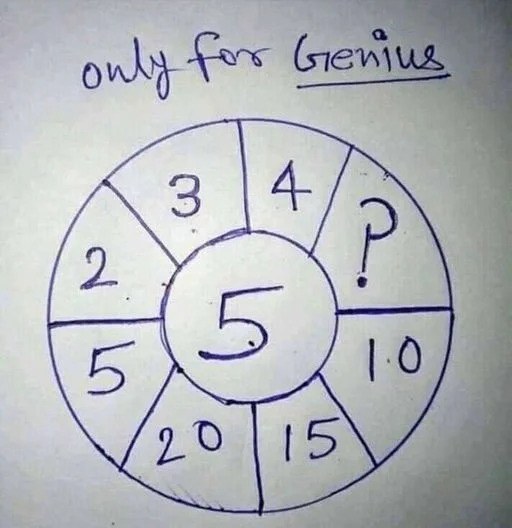It is hardly surprising that a straightforward math brainteaser has gone viral on the internet in the digital age, where content travels like wildfire. The $100 puzzle, which challenges users to find out how much money a store lost when a robber stole a $100 cash and subsequently made a purchase, has racked up millions of views and stirred fierce debate among puzzle lovers.
The brainteaser, uploaded on X (formerly Twitter) by an account named Out of Context Human Race, depicts an apparent simple situation. A man robs a store of a $100 banknote from the register, uses it to purchase $70 worth of merchandise, and gets $30 back in change. “How much money did the store lose?” is the next query posed.
As the brainteaser became popular on the internet, a ton of answers poured into the comments section. Some people boldly declared that the store had lost $100, but others countered that, after deducting the stolen $100 and the thirty cents in change, the true loss was $130. A few even indicated that the store’s overall loss depended on the profit margins of the individual transactions.
Knowing the subtleties of the situation is essential to solving this brainteaser. Although it might seem obvious to say that the theft cost the store $100, the truth is more nuanced. The store essentially recovered that $100 when the burglar used it to make a transaction. The store then had to give out $30 in change, therefore there was a net financial loss of $30.
The store also lost the merchandise that the burglar had purchased for $70. Consequently, the store suffered a total loss of $100, which was made up of the $30 in cash and the $70 in items.
The $100 brainteaser is an intriguing illustration of how an apparently simple issue can spark a great deal of discussion and in-depth research. It emphasizes how crucial it is to thoroughly weigh all the intricacies and subtleties of a particular situation rather than depending solely on gut feelings.
This challenge also highlights how effective the internet is at amplifying and disseminating viral content. The extensive attention it has received shows how hungry the public is for interesting, thought-provoking problems that spark debate and critical thinking.
The $100 brainteaser is evidence of people’s enthusiasm with solving puzzles and their sense of accomplishment when they figure out difficult riddles. Maintaining an analytical and inquisitive attitude is essential as we traverse the always changing digital ecosystem. We should always aim to look behind the surface and reveal the more profound truths that are hidden.
Thus, the next time you come across a challenging brainteaser, seize the opportunity to apply your critical thinking abilities, accept the challenge, and relish the excitement of solving the puzzle. You never know, maybe you’ll be the one to figure out the next online sensation that goes viral.
To find out what your family and friends think, kindly SHARE this news with them on Facebook.

